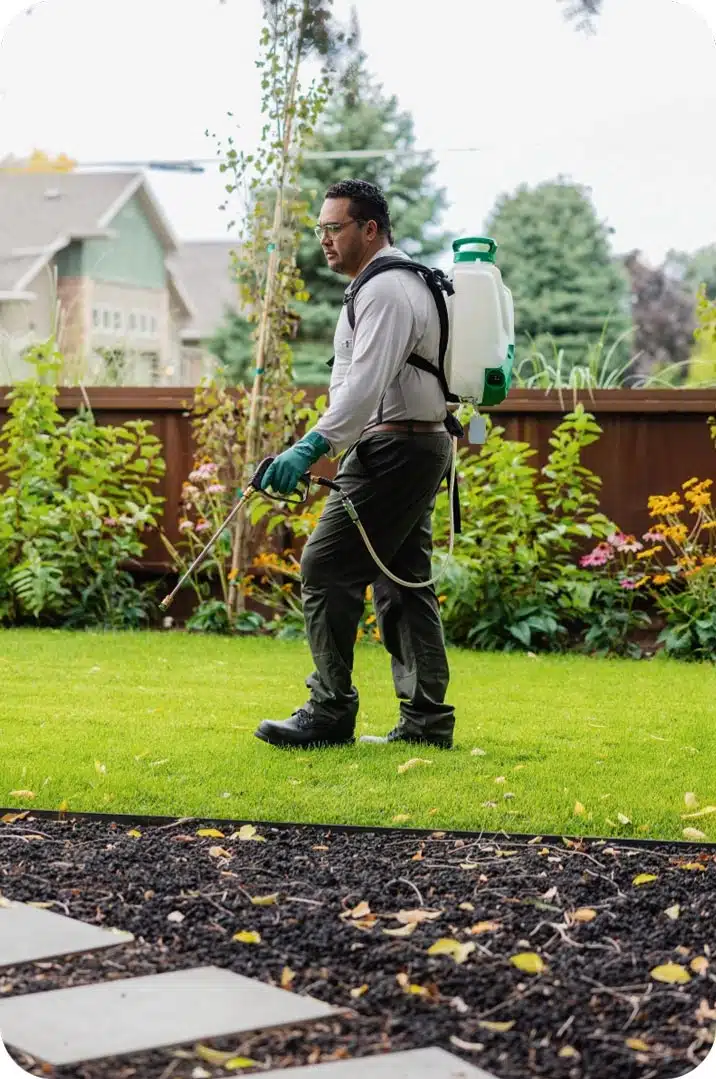Experienced A1 Exterminators Charlotte NC - Quick and Reputable Solutions
Bed Bug Treatment Breakdown: Comparing Chemical Vs. Non-Chemical Solutions
In the world of insect control, especially when managing the consistent problem of bed pests, the option between chemical and non-chemical therapy solutions can be a critical one. Both approaches use distinctive advantages and disadvantages, affecting variables such as effectiveness, security factors to consider, and overall expense. By checking out the nuanced details of each technique, a clearer understanding of which course to pursue in addressing a bed insect infestation can be attained.
Performance of Chemical Treatments
Chemical treatments for bed insect infestations have been widely identified for their powerful and rapid efficacy in eliminating these insects. When thinking about the efficiency of chemical treatments, it is vital to comprehend that they can provide a thorough and fast solution to a bed bug issue. Specialist pest control operators commonly rely on pesticides to target bed insects at various phases of their life process, consisting of nymphs, grownups, and eggs. These chemicals typically work by interrupting the bed insects' nerve system, bring about paralysis and ultimate death.
Furthermore, chemical therapies have the advantage of offering recurring effects, suggesting that they can remain to remove bed insects even after the first application. This residual activity is specifically valuable in combating any type of potential re-infestations. Additionally, the rapid action of chemical therapies can bring relief to people dealing with extreme bed bug problems, allowing them to reclaim control of their living rooms quickly.
Safety Issues With Chemical Solutions
One crucial facet that requires careful consideration when using chemical options for bed pest therapy is ensuring the safety of residents and the atmosphere. While chemical treatments can be reliable in eradicating bed bugs, they might pose dangers otherwise handled properly. Among the key security interest in chemical services is the prospective injury they can cause to human health and wellness. Exposure to specific chemicals used in bed bug treatments can cause respiratory system problems, skin irritability, or other unfavorable reactions, specifically in people with pre-existing conditions or sensitivities. In addition, incorrect application or dosage of chemical pesticides can lead to harmful residues sticking around in the cured area, posing lasting wellness dangers to passengers.
Moreover, the environmental effect of chemical remedies is another significant factor to consider. Some pesticides used in bed bug therapies might be dangerous to valuable insects, wild animals, and communities if they leach right into the soil or water supply. It is vital to use chemical therapies carefully, complying with security guidelines, and thinking about less harmful options to reduce these dangers and ensure the risk-free and efficient administration of bed insect problems.
Advantages of Non-Chemical Strategies
Thinking about the possible safety and security concerns and environmental effect connected with chemical services for bed bug therapy, exploring non-chemical strategies provides a promising option with a number of unique advantages. Non-chemical techniques use a more secure alternative for households, especially those with visit homepage children, animals, or individuals conscious severe chemicals. These methods eliminate the threats of exposure to poisonous compounds, lowering the potential for adverse wellness impacts. Additionally, non-chemical treatments are ecologically pleasant, as they do not add to air or water pollution, making them a sustainable option for insect control.
Furthermore, non-chemical services can be effective in targeting bed pests, consisting of hard-to-reach areas where chemical therapies may not permeate. Techniques such as heat therapy, vacuuming, steam cleaning, and mattress encasements give complete obliteration without using dangerous chemicals. Furthermore, non-chemical strategies can be less turbulent, requiring marginal preparation and permitting quicker reentry into dealt with locations. In general, choosing non-chemical bed pest therapy approaches not only prioritizes safety and ecological security however additionally makes sure extensive and reliable bug control.
Limitations of Non-Chemical Treatments

In addition, non-chemical treatments usually need numerous applications to achieve successful eradication. This can be lengthy and might not always guarantee total elimination of all bed insects and their eggs, especially in hard-to-reach or hidden locations.
Furthermore, the success of non-chemical therapies greatly depends on correct application and thoroughness, which can be testing for individuals without professional proficiency. Insufficient application of non-chemical approaches might cause incomplete obliteration, causing relentless infestations and the demand for extra therapies.
As a result, while non-chemical treatments have their benefits, it is important to recognize these constraints and consider them when determining the most effective method for managing bed bug infestations.
Price Comparison: Chemical Vs. Non-Chemical Options
Provided the constraints associated with non-chemical therapies, a vital aspect to evaluate in the context of bed insect management is the expense contrast between chemical and non-chemical alternatives. In comparison, non-chemical therapies like warm treatment or steam can be a lot more pricey, with costs ranging from $1,000 to $6,000 for a whole home. While the preliminary price of chemical treatments might seem lower, numerous treatments may be required to squirrel removal completely eradicate the infestation, possibly raising the overall price.
Final Thought

Taking into consideration the possible safety problems and ecological influence linked with chemical solutions for bed bug treatment, checking out non-chemical techniques provides an appealing option with several distinctive advantages.Offered the constraints linked with non-chemical therapies, a crucial element to evaluate in the context of bed pest management is the expense contrast in between chemical and non-chemical alternatives. In comparison, non-chemical therapies like warm treatment or vapor can be more pricey, with expenses ranging from $1,000 to $6,000 for a whole home. While the initial expense of chemical treatments may appear reduced, several therapies may be needed to fully eliminate the invasion, potentially boosting the general cost.In final thought, when comparing chemical and non-chemical bed bug therapy alternatives, it is important to take into consideration effectiveness, safety, benefits, constraints, and expense.